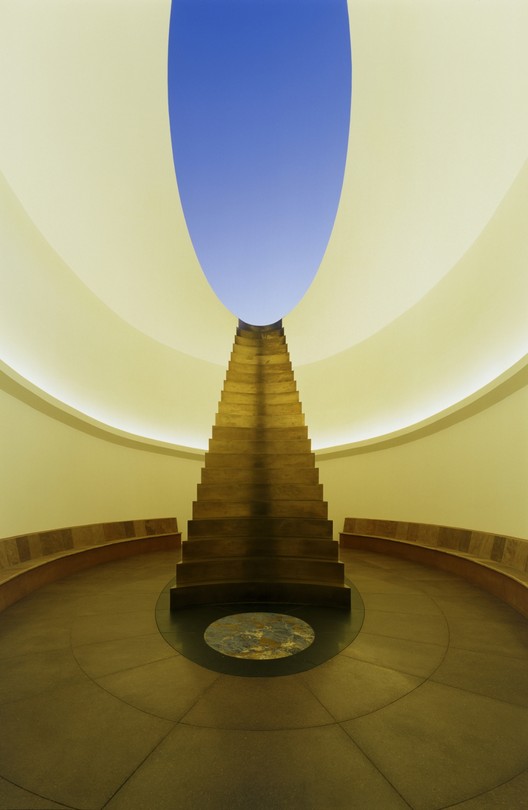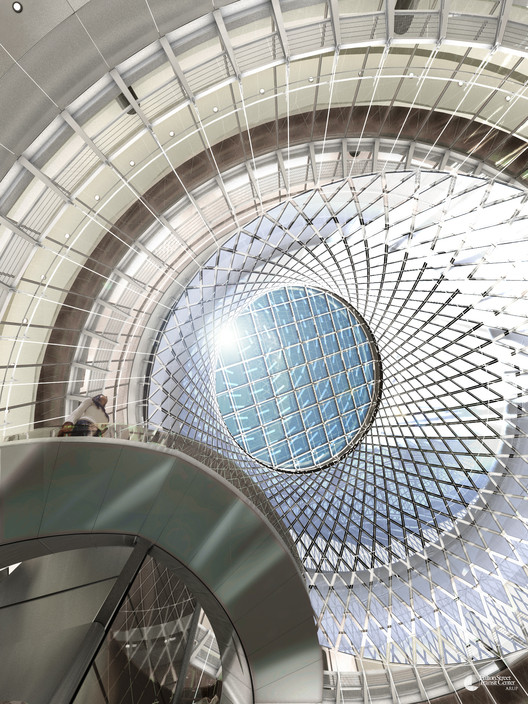
The winners of the 2013 Lamp Lighting Solutions Awards have been announced. With a total of 608 projects submitted from 52 countries, €48,000 in prize money has been awarded to 5 winning teams. The Lamp Awards were given to projects that successfully met the architectural lighting needs of an interior or exterior space, having created a positive synergy between the architecture, interior design, landscaping and lighting. The four categories included Architectural Outdoor Lighting, Indoor Lighting, Urban and Landscape Lighting, and Students Proposals.
The 2013 Lamp Lighting Solutions Awards Winners are:























